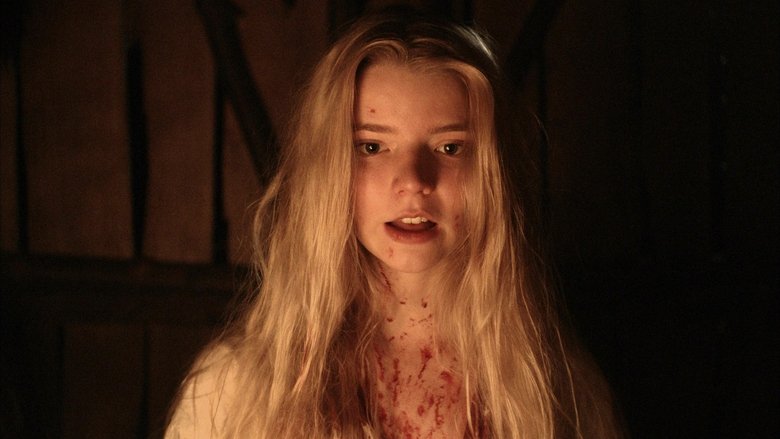Top films featuring terrifying witches
Witches have long been a source of fear in folklore and history, and cinema has masterfully captured their terrifying potential. Prepare to delve into some of the most horrifying witch portrayals on screen.
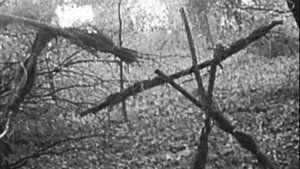

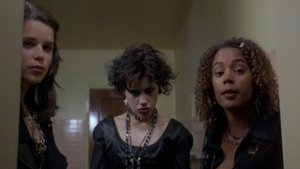
The cinematic witch is an enduring figure in horror, tapping into deep-seated fears rooted in history, folklore, and the unknown. From the Salem witch trials to ancient pagan rituals, the idea of individuals wielding dark, supernatural power against the innocent has always been fertile ground for terrifying narratives.
Horror films have depicted witches in myriad ways, reflecting societal anxieties and evolving cinematic styles. Some portray them as ancient, coven-bound entities tied to the land and dark natural forces, as seen in the bleak dread of folk horror. Others present them as cackling, grotesque figures preying on children, or as alluring, dangerous women whose power is both seductive and destructive.
What makes these characters so effective? Often, it's their connection to forbidden knowledge, their perceived ability to manipulate reality, or their representation of female power outside patriarchal control. Films explore themes of paranoia, community fear, and the terrifying idea that the darkness might reside not just in monsters, but in our neighbors.
The best witch horror films don't just rely on jump scares; they build atmosphere, delve into psychological terror, and often feature striking visuals and unsettling sound design. Whether they are lurking in the woods, operating hidden covens in plain sight, or casting spells from ancient texts, the terrifying witch remains a potent and versatile antagonist in the realm of horror cinema.
11. The Witches' Sabbath (1988)
This 1988 Spanish horror film, The Witches' Sabbath (El bosque animado), blends fantasy, folklore, and dark elements based on Wenceslao Fernández Flórez's novel. Set in a mythical Galician forest, the story weaves together various characters and creatures, including the Santa Compaña (a procession of the dead) and witches, focusing more on the mystical and eerie atmosphere of the enchanted woods than outright jump scares. While perhaps not as widely known as other films on this list, it offers a unique, atmospheric take on Spanish folklore and the supernatural, presenting witches as part of a larger, ancient, and sometimes unsettling natural world.
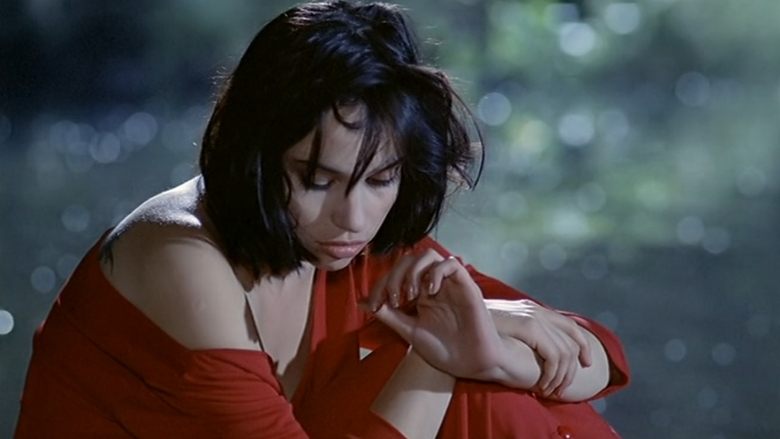
10. The Witchmaker (1969)
From 1969, The Witchmaker (also known as Legend of the Witches) is a low-budget horror film that delves into a modern-day coven. A professor investigating witchcraft brings his students to a remote area where they encounter a practicing coven led by a charismatic, sinister figure. The film captures some of the late 60s fascination with the occult and counter-culture, though its execution is often more schlocky than genuinely scary. It's notable for featuring Ray Milland as the mysterious leader of the coven, adding a touch of class to the proceedings, and serves as an interesting, if dated, look at how witchcraft was portrayed in exploitation cinema of the era.

9. The Witch Who Came from the Sea (1976)
A disturbing and often overlooked piece of 1970s psychological horror, The Witch Who Came from the Sea is less about traditional coven witchcraft and more about a woman's descent into madness fueled by trauma and dark fantasies. Millie, played with unsettling intensity by Millie Perkins, lives by the sea and harbors violent, sexual fantasies, believing herself to be a witch. The film is a challenging watch, exploring themes of abuse, identity, and delusion through a hazy, dreamlike, and often shocking lens. It's a cult film that offers a very different, raw, and uncomfortable portrayal of a 'witch' figure.
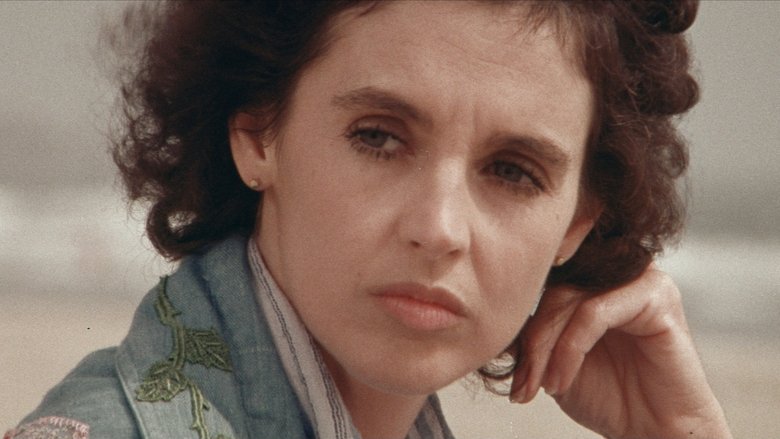
8. The Witch in the Window (2018)
The Witch in the Window is a quiet, character-driven supernatural horror film that finds its scares in atmosphere and unsettling occurrences rather than gore. The story centers on a father and son who travel to rural Vermont to renovate a dilapidated farmhouse, only to discover it's haunted by the malevolent spirit of the previous owner, a witch. The film excels at building dread slowly, using simple, effective scares and focusing on the strained relationship between the father and son. It's a good example of modern indie horror that prioritizes mood and psychological tension over spectacle.

7. The Love Witch (2016)
Anna Biller's The Love Witch is a stunning, meticulously crafted homage to 1960s Technicolor melodramas and horror films. The film follows Elaine, a beautiful witch who uses spells and potions to find love, with disastrous and deadly results. Its power lies in its incredible attention to detail – the sets, costumes, makeup, and even the shooting style perfectly replicate the look and feel of classic cinema. Beyond the aesthetic, the film offers a fascinating, satirical look at gender roles and female desire through the lens of witchcraft. It's a unique, mesmerizing, and darkly comedic take on the witch archetype.

6. Hocus Pocus (1993)
Hocus Pocus might lean more towards family-friendly spooky fun than outright horror, but the Sanderson sisters are undeniably iconic witch figures. Bette Midler, Sarah Jessica Parker, and Kathy Najimy are pitch-perfect as the resurrected Salem witches from 1693, bringing a fantastic blend of camp, comedy, and just enough menace to the roles. The film is a Halloween staple, beloved for its humor, its catchy musical number ("I Put a Spell on You"), and the sheer chemistry of its leading trio. While not designed to deeply scare, the witches themselves, with their distinct personalities and sinister goals, are central to its lasting appeal.

5. The Craft (1996)
The Craft became a cultural touchstone for a generation, blending teen drama with genuine supernatural thrills. The story follows Sarah, a new student who falls in with a trio of outcasts practicing witchcraft, using spells for popularity and revenge. While starting as empowering, their magic quickly spirals out of control with dark consequences. The film tapped into anxieties about female power, social hierarchies, and the allure of the occult, resonating strongly with audiences. The performances by the lead actresses, particularly Fairuza Balk's portrayal of Nancy, are iconic, capturing the edgy, rebellious spirit of the 90s alternative scene.

4. The Witches (1990)
Based on the classic Roald Dahl novel, The Witches (1990) is a wonderfully dark fantasy that managed to genuinely terrify a generation of children while still being a captivating adventure. Anjelica Huston is absolutely sublime and terrifying as the Grand High Witch, leading a coven of child-hating sorceresses plotting to turn all the world's children into mice. The practical effects by Jim Henson's Creature Shop are grotesque and stunning, particularly the reveal of the witches' true forms. Directed by Nicolas Roeg, the film has a distinctly eerie and slightly off-kilter tone that perfectly captures the spirit of Dahl's writing, balancing its whimsical elements with genuine moments of horror.

3. The Blair Witch Project (1999)
Few films have impacted the horror genre and pop culture quite like The Blair Witch Project. This found-footage phenomenon captured the public's imagination with its groundbreaking marketing campaign that blurred the lines between reality and fiction. The simple premise – three student filmmakers disappear while documenting a local witch legend – becomes terrifying through its raw, shaky camerawork and genuinely unnerving sound design. The film thrives on what you don't see, relying on the power of suggestion and the psychological breakdown of the characters to build unbearable tension. It proved that sometimes, the scariest things are just off-camera, leaving your own imagination to fill in the horrifying blanks.

2. Suspiria (1977)
Dario Argento's Suspiria is a psychedelic fever dream of a horror film. Forget realism; this is pure, stylized terror. The story of an American ballet student transferring to a prestigious German academy only to discover a sinister secret is less important than the overwhelming atmosphere. Argento uses incredibly bold, saturated colors (especially crimson reds and electric blues) and a pulsating, iconic score by Goblin to create a sense of unease and disorientation that is utterly unique. It's less about traditional narrative and more about assaulting the senses with nightmarish imagery and a palpable sense of evil residing within the walls of the dance academy. A true Giallo classic that redefined horror aesthetics.

1. The Witch (2016)
Prepare for a chilling descent into 17th-century New England paranoia with Robert Eggers' directorial debut. The Witch isn't about jump scares; it's a slow-burn masterpiece of folk horror steeped in dread and period-accurate language that truly transports you. The film's commitment to historical detail, from the dialogue sourced from journals and court documents to the stark, naturalistic cinematography, makes the escalating terror feel terrifyingly real. Anya Taylor-Joy gives a breakout performance as Thomasin, navigating the accusations and supernatural forces that tear her Puritan family apart. It's a film that stays with you, questioning faith, fear, and the darkness lurking in the woods.
